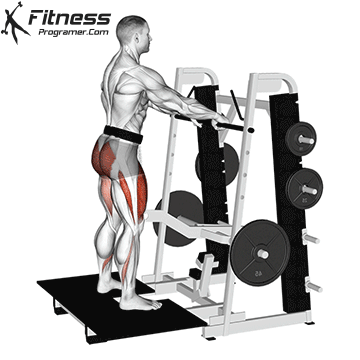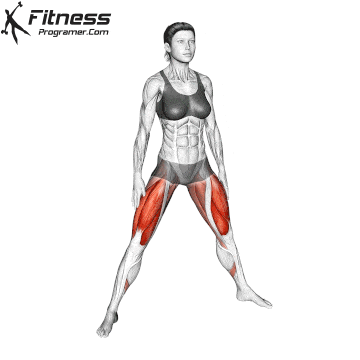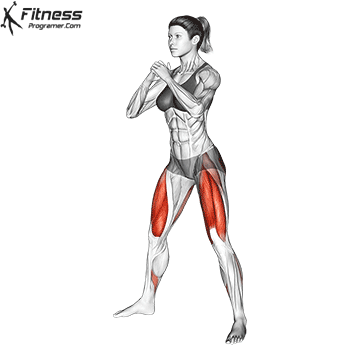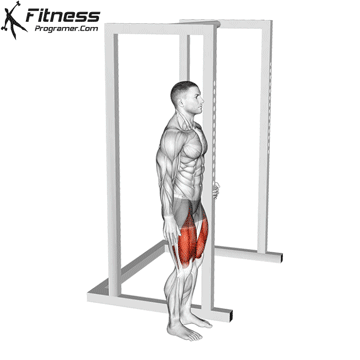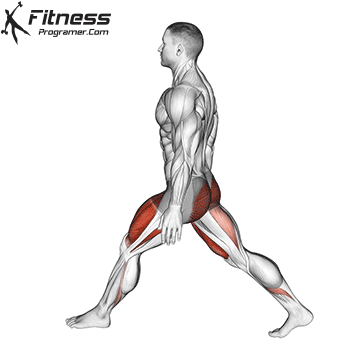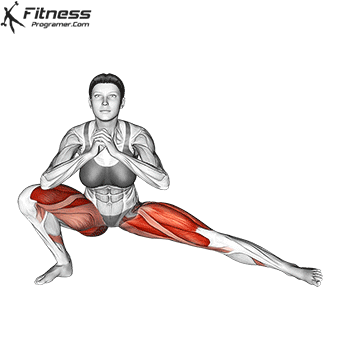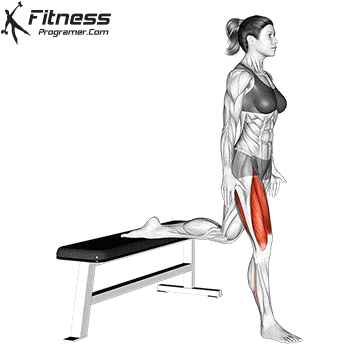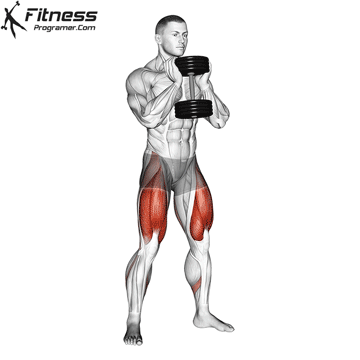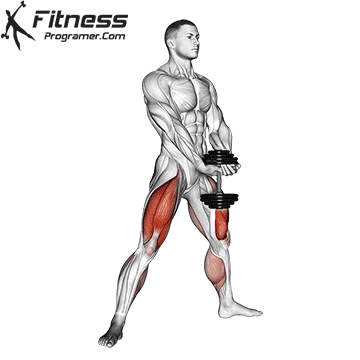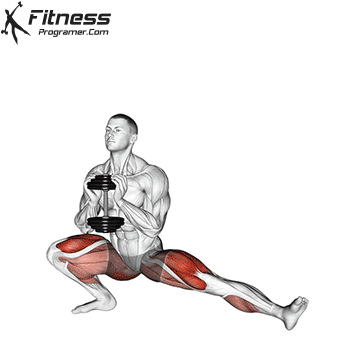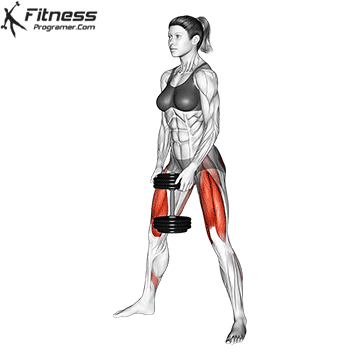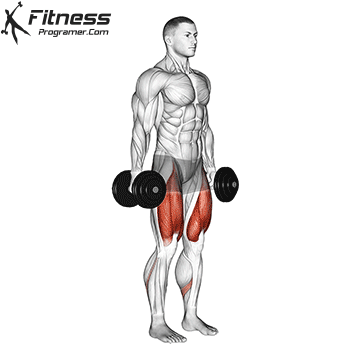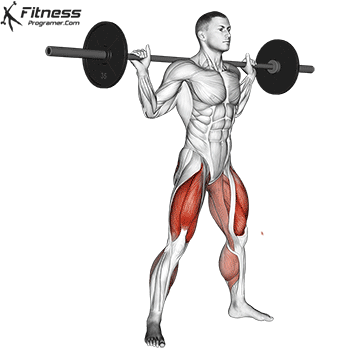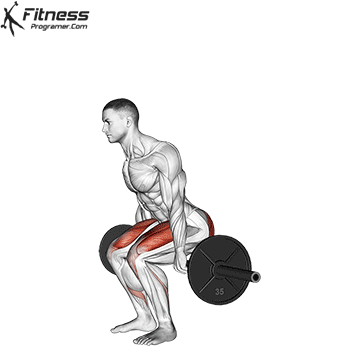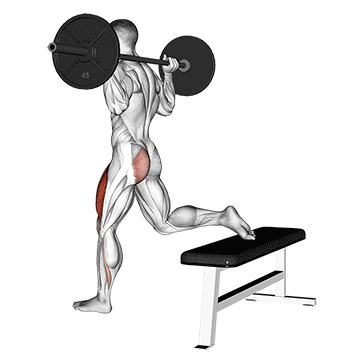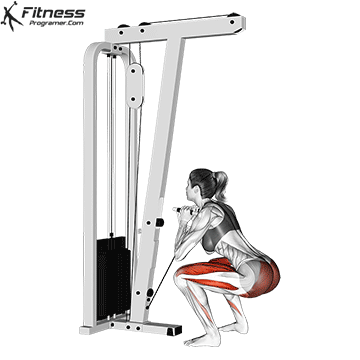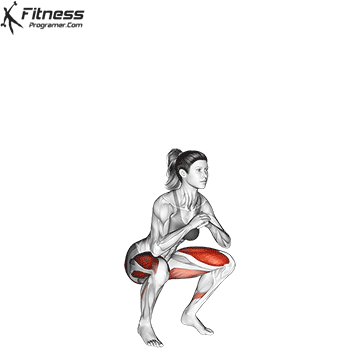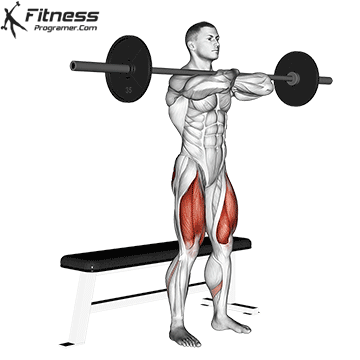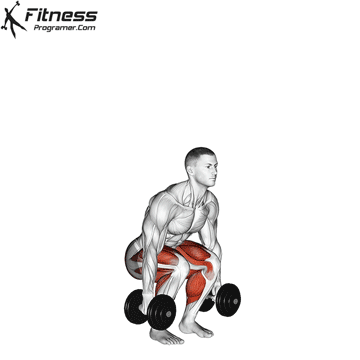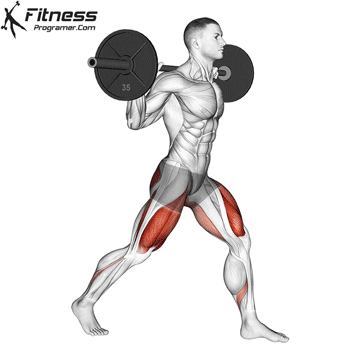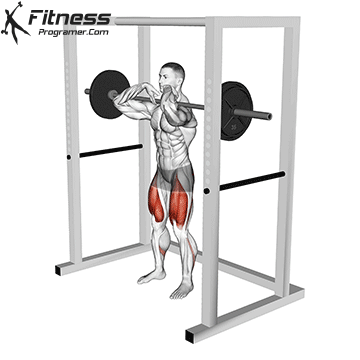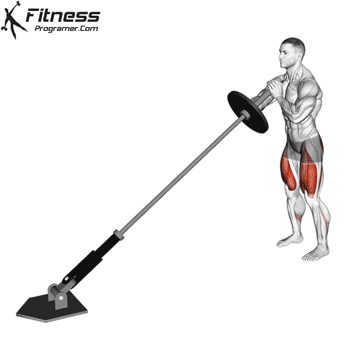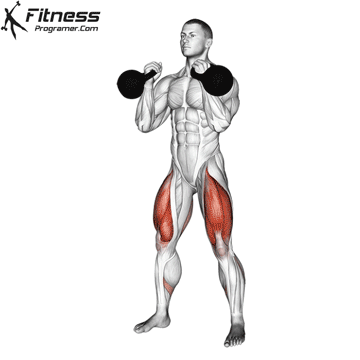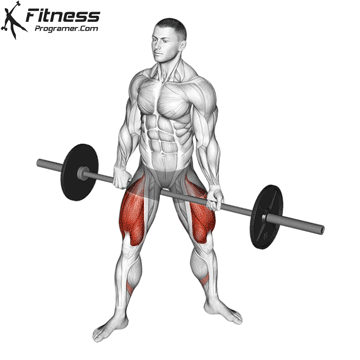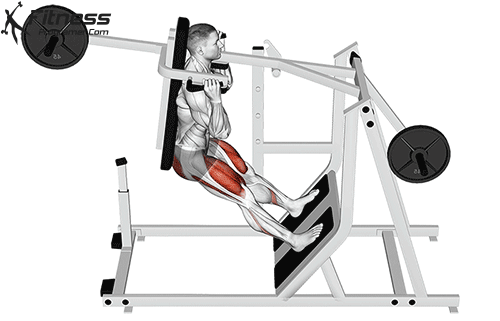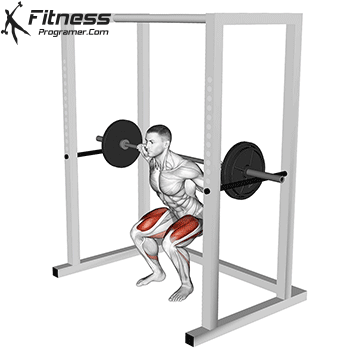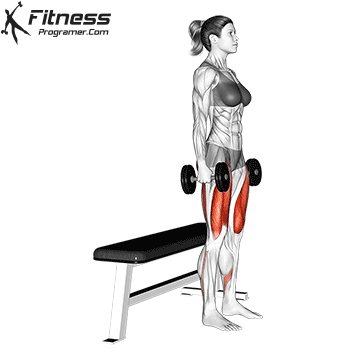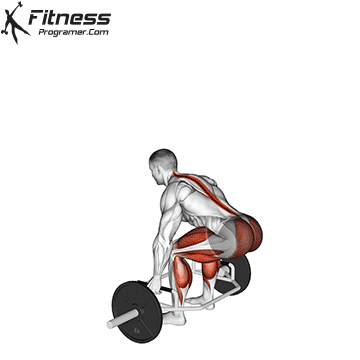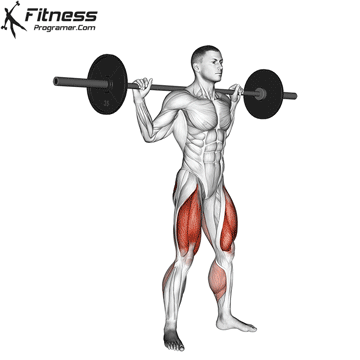Overview
The belt squat is a leg exercise performed with resistance attached to a belt secured around the hips. It mimics the movement of a standard squat but eliminates spinal loading, allowing for safer strength gains, especially for individuals with back issues. It’s commonly performed on a belt squat machine or using setups with platforms and loading pins. It’s ideal for athletes, powerlifters, or anyone recovering from spinal injuries or avoiding spinal load during squats.
How to do Perform Belt Squat
Secure the squat belt around your waist and attach it to the weight on the machine or loading pin.
Step onto the platforms so that the weight hangs between your legs and your feet are shoulder-width apart.
Stand tall and brace your core. Begin the descent by pushing your hips back and bending the knees.
Lower down until your thighs are at least parallel to the ground.
Push through your heels to rise back to the standing position, keeping your torso upright.
Repeat for the desired reps, maintaining a neutral spine and controlled tempo.
Tips for Proper Form
Keep your chest lifted to maintain proper posture and avoid forward lean.
Push your knees outward as you descend to activate the glutes and prevent knee cave.
Brace your core to stabilize your upper body even though the load is not on the spine.
Use your full foot to push through the floor rather than just your toes or heels.
Keep the movement controlled, avoiding bouncing or using momentum.
Common Mistakes
Allowing the knees to cave inward, which can strain joints and reduce glute activation.
Leaning too far forward, which diminishes the benefit of spinal unloading.
Incorrect belt placement, which can be uncomfortable or shift during the squat.
Not using a full range of motion, limiting gains in strength and mobility.
Rushing the reps, instead of focusing on control and form.
Benefits of the Belt Squat
Spine-Friendly Training: The load is applied through the hips, reducing stress on the spine and allowing squatting without back discomfort.
Builds Lower Body Strength: Targets the quads, glutes, and hamstrings with heavy loads for strength and hypertrophy.
Improves Squat Mechanics: Reinforces proper movement patterns without requiring upper body engagement or bar positioning.
Ideal for Rehab and Recovery: Suitable for those recovering from back injuries or surgeries, as it avoids spinal compression.
Enhances Training Volume: Can be used after barbell squats to increase leg volume without taxing the spine or central nervous system.
Encourages Glute and Quad Isolation: Allows lifters to shift body position slightly to target specific lower-body muscles.
Reduces Shoulder and Wrist Strain: No barbell involvement means less strain on upper body joints, making it ideal for lifters with shoulder limitations.
How to Incorporate Into Your Routine
- For Beginners: Perform 2 to 3 sets of 10 to 12 reps using a moderate weight to learn movement and build confidence.
- For Hypertrophy: Do 3 to 4 sets of 10 to 15 reps focusing on tension and depth for muscle growth.
- For Strength: Aim for 4 to 5 sets of 6 to 8 reps with heavy loading and perfect form.
- For Functional Training: Try 3 sets of 8 to 10 reps emphasizing balance, control, and full range of motion.
- For Circuit Training: Include 12 to 15 reps in a lower body or full-body circuit for muscular endurance.
- For General Fitness: Perform 2 to 3 sets of 8 to 12 reps to maintain strength and mobility.
- For Mobility or Recovery: Use light resistance for 2 to 3 sets of 12 to 15 reps to reinforce squat depth and joint health.
Belt Squat Muscles Worked
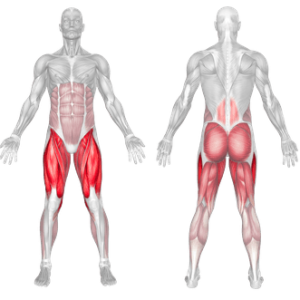
Frequently Asked Questions
Can I use a belt squat instead of a barbell squat?
Yes. It’s an effective alternative for those avoiding spinal compression or looking to increase training volume.
Do I need a belt squat machine?
No. You can improvise using loading pins and two elevated platforms if a machine is not available.
Is the belt squat good for building muscle?
Absolutely. It allows you to use heavy loads and high reps safely to stimulate muscle growth.
What belt should I use?
Use a belt squat belt specifically designed to hold plates with a carabiner or chain. Avoid regular lifting belts.

